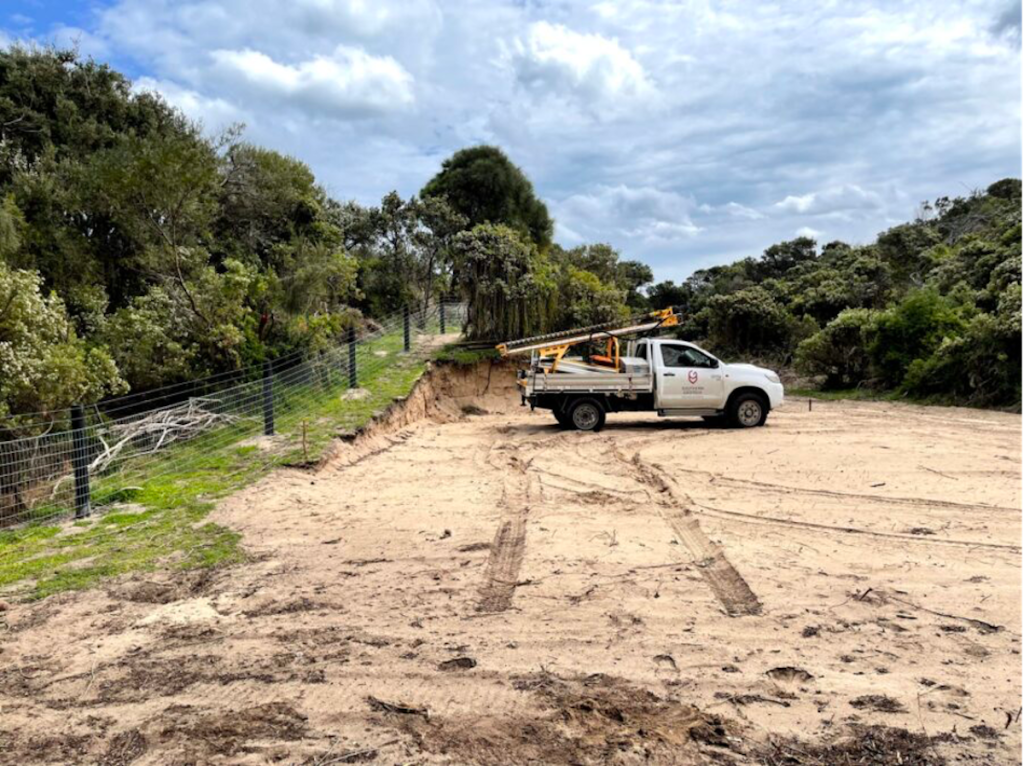When planning any construction project—whether it’s a residential home, commercial development, or infrastructure build—success begins from the ground up. One of the most crucial yet often overlooked steps in the process is soil testing. Without a comprehensive understanding of ground conditions, even the most expertly designed structures can face significant risks, including cracks, subsidence, or even complete failure.
In regions like Victoria, where geological conditions can vary dramatically, soil testing Melbourne services play an essential role in ensuring site suitability before any foundation work begins. The insights gained from these tests can be the difference between a stable build and a costly, dangerous problem down the line.
Understanding Structural Failures
Structural failures occur when a building or its components are no longer capable of supporting the loads they were designed to bear. This can happen gradually—such as through the slow development of cracks in walls or uneven settling—or suddenly, with catastrophic results. While design flaws, poor workmanship, and substandard materials can all contribute, a significant proportion of structural failures stem from poor ground conditions that were either misunderstood or ignored.
Soil that is too loose, expansive, moist, or inconsistent can lead to shifting, shrinking, or swelling, placing unexpected stresses on foundations and structural elements. These issues are rarely visible on the surface, which is why subsurface investigation is a critical step before construction begins.
How Soil Testing Prevents Structural Failures
Soil testing provides data that informs a range of engineering and construction decisions. Tests can determine:
- Soil composition (clay, sand, silt, etc.)
- Load-bearing capacity
- Moisture content and drainage potential
- Chemical properties, including the presence of corrosive elements
- Compaction and density levels
- Presence of fill or contamination
With this information, engineers can accurately design foundations that respond to the specific challenges of the site. For example, if the soil is reactive clay (which expands and contracts with moisture), a deeper or specially reinforced foundation may be required. If fill is present, it may need to be removed or stabilised.
These proactive decisions significantly reduce the likelihood of foundation movement or failure, helping avoid expensive rectification works and legal complications later.
Common Soil-Related Problems Identified Through Testing
Soil testing can identify a range of issues that, if left unaddressed, can lead to structural failure:
- Poor Bearing Capacity
Soil that cannot support a structure’s weight may compress or shift under pressure, causing settlement or tilting. - Expansive Soils
Clays that expand when wet and shrink when dry can wreak havoc on slab and footing stability, leading to cracks in floors and walls. - High Water Table
Excess moisture or a fluctuating water table can compromise foundations and increase the risk of dampness or erosion. - Fill and Unstable Soil Layers
Sites that have been levelled or backfilled may contain loose material that behaves unpredictably under load. - Soil Contamination
Chemical properties in the soil—such as acidic or saline content—can corrode metal or concrete over time, weakening structural components. - Slope Instability
In hilly or sloping sites, soil testing can assess the risk of landslips or erosion, particularly important in regional areas.
Each of these factors can be accounted for during the design phase—if the information is available early through thorough soil analysis.
The Cost of Ignoring Soil Testing
The upfront cost of soil testing is minimal compared to the financial burden of rectifying a failed structure. Foundation repairs can run into tens or even hundreds of thousands of dollars, not to mention the potential safety risks and reputational damage to builders or developers.
In some cases, buildings may even be deemed uninhabitable if structural problems are too severe. Legal liability can also arise if property owners or future tenants are affected by poor construction outcomes that could have been prevented.
A comprehensive soil report serves as both a technical resource and a form of risk mitigation, helping protect all stakeholders involved in the project.
When Should Soil Testing Be Conducted?
Soil testing should ideally be carried out:
- Before land purchase or development approval, to confirm the site’s suitability
- During the planning and design phase, to inform engineering decisions
- Before major renovations or extensions, particularly if new loads will be applied
- When visible signs of subsidence or cracking emerge, for diagnosis and remediation
The earlier testing is conducted, the more options are available for cost-effective and practical design solutions.
Types of Soil Tests Commonly Used
Depending on the site and project requirements, several types of soil tests may be performed:
- Borehole and core sampling
- Dynamic cone penetration (DCP) tests
- Moisture content and Atterberg limits
- Permeability and drainage testing
- Compaction and density measurements
The results are compiled into a geotechnical report, which outlines the soil’s characteristics, any risks present, and recommendations for foundation design and construction techniques.
Final Thoughts
Structural failures due to unstable or unsuitable ground conditions are preventable. With the right testing and expert analysis, construction professionals can make informed choices that ensure the integrity of their builds for decades to come.
In regions with varied terrain and complex geology, investing in quality geotechnical assessment is not just a regulatory step—it’s essential for long-term structural performance. From single dwellings to multi-storey developments, every successful project starts with a strong understanding of what lies beneath.




